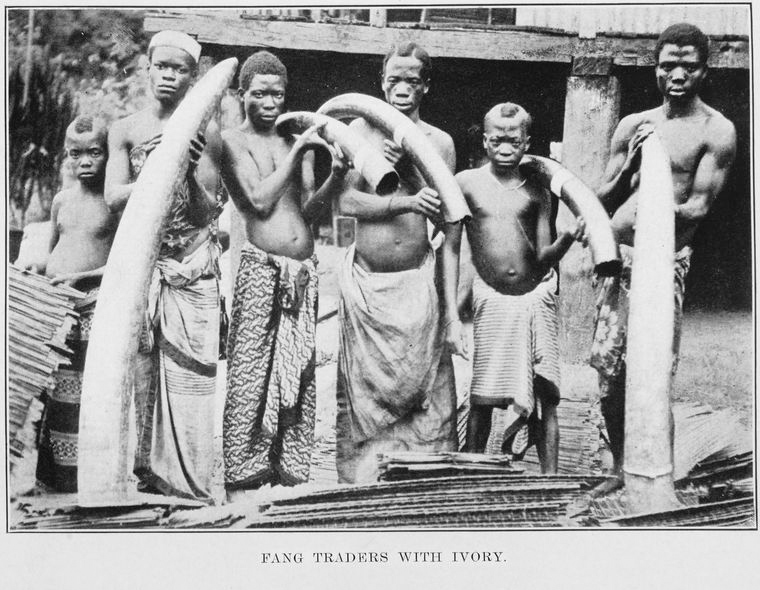What is Ivory?
Elephant ivory comes from both male and female modified incisors. An African elephant tusk continues to grow over it’s lifetime.
Elephant Ivory has been exported from Africa and Asia for decades and was used as a value of status and wealth.

Today elephant ivory is used for items such as:
- Piano Keys
- Billiard balls
- Sculpture carvings
- Other expressions of wealth
What is elephant poaching?
Ivory hunters had been responsible for the extinction of elephants in North Africa, much of South Africa and most of West Africa by the end of the 20th century.
In the early 1970s, demand for ivory soared and the amount of ivory leaving Africa rose to high levels.
Most of the ivory leaving Africa was taken illegally and over 80% of all the raw ivory traded came from poached elephants. Around 75,000 African elephants were killed for the ivory trade annually, worth around 1 billion dollars.
- 1980s Ivory Demand- Japan consumed about 40% of the global trade.
Another 40% was consumed by Europe and North America.
20% of the rest remaining in Africa. - Ivory is highly prized as a “white gold” in Asian countries where a growing middle class is seeking safe investments.
- Currently- Prices of ivory in China have soared to as high as US$7,000 a kilogram in 2011 from US$157 a kilo in 2008.
Who is involved in poaching?
In the past, elephant hunting in Africa was seen as a sport for noblemen and colonial governors.

After a ban on international ivory trade by The Convention on International Trade in Endangered Species (CITES).
- Much of the ivory trading was operated by well-armed elephant poachers and illegal ivory operations, poverty is the primary driver of poaching in Africa.
- Crime networks in both Africa and China are behind much of this poaching activity.
- Kenya has emerged as a major transit route for ivory destined for Asian markets from eastern and central Africa.
- The government says poaching is harming tourism, which is a major foreign exchange earner.
- Over 1,000 park officers have been killed within the last decade by poachers.
Methods involved in poaching
Poachers use multiple methods to capture and kill elephants.
- To locate elephants poachers use local trackers to find elephant populations (through use of helicopter…etc.)
- Methods to poach elephants include uses of cable snares, spike traps, and silenced weapons.
- Poachers will often lace waterholes and salt licks with cyanide.
- After the elephant is caught the ivory is removed from the skull and taken. The remaining carcass is left on the savannah or burned.

We must hang our heads in shame. It’s humans who are animals. I have been to Kenya a few times and have seen Elephants – the majestic beasts. I am a film maker and we do regular work in Kenya. We would be interested to a film that showcases Elephant poaching and means to stop it.
I would like to come out with Shiraz Mukherjee and help make the film. Contact me at alexbui2121@gmail.com